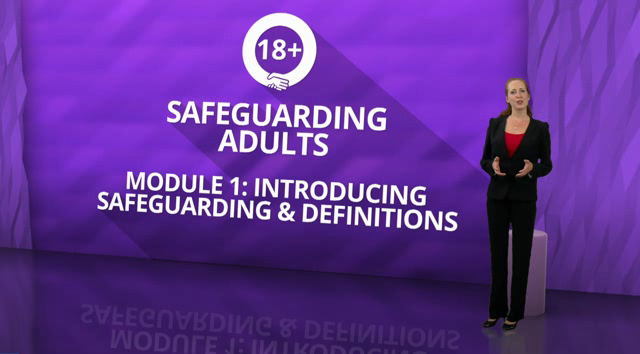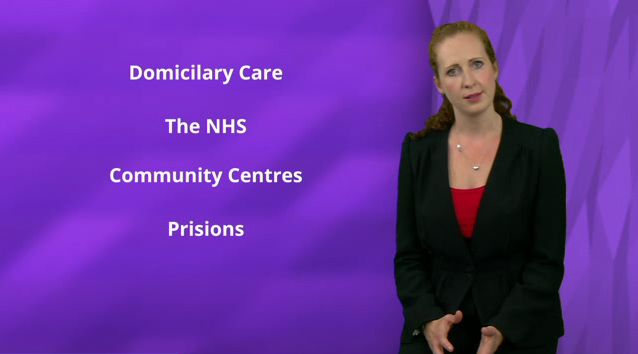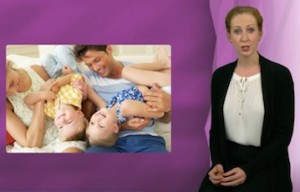 Safeguarding Adults
Safeguarding Adults
Adults from different walks of life have different dilemmas and needs. They may be deprived from their human right to physical care, emotional stability, or spiritual welfare. Everyone, notwithstanding their social status, has their own heavy burden to carry. As we walk this earth with them, it is our responsibility to help them to carry on for it is only humane to do so.
Details
Product Description
Adults from different walks of life have different dilemmas and needs.They may be deprived from their human right to physical care, emotional stability, or spiritual welfare. Everyone, notwithstanding their social status, has their own heavy burden to carry. As we walk this earth with them, it is our responsibility to help them to carry on for it is only humane to do so.
This course talks about safeguarding one’s rights as human. For example: the right to be healthy; the right to be happy; the right to be treated well. These rights are sometimes abused or neglected by others, thus, you should know when a person crosses that boundary.
Everyone, regardless of their age, sexuality, race, religion, ethnicity, or profession has the right to be respected by others, to have a healthy lifestyle, and to be happy. Every human being deserves the right to be similarly treated by others, and one must always bear in mind that we are all equals. No person has more human rights than the other. In order to value the rights of others, one must learn to empathize and respect, he must put himself in another’s shoes, and ask himself, “Do I want to feel this?†or “Do I want to be treated this way?†We all have the right to be free from discrimination against who we are, what we are, or what we do.
- Domiciliary Care
- National Health Service
- Community Centers
- Prisons
- A family member at home
- Anyone else who takes care of an adult
You and the organization that you work for must take appropriate measures for the protection of the adults you are responsible for.
This course covers the following:
- The surrounding things that pose risk to adults
- Types of abuse adults may suffer
- Safeguarding legislations put in place to mitigate the abuse to them
- Definition of key terminologies in relation to safeguarding
- 10 Common types of adult abuse
- How to identify and report abuse or neglect concerns
- Your role and your boundaries
- How to minimize the risk of abuse
Module List
| No. | Module Name | Pass % |
|---|---|---|
| 1 | Introduction to Safeguarding Children | 70 |
| 2 | Types of Abuse, who may not carry it out and why children may not tell | 70 |
| 3 | Recognizing the Signs of Abuse | 70 |
| 4 | What to do if you Suspect Abuse | 70 |
| 5 | Safeguarding Legislation | 70 |
Browser : Chrome 20+, Firefox 28+, Internet Explorer 9, Safari for Mac 5+
Video : Up-to-date video drivers
Memory : 1Gb+ RAM
Related Courses
You may be interested in…
This course is aimed at anyone who has a chosen a profession that involves taking care of children. Since children are still vulnerable physically, mentally, and emotionally, they need and they deserve special care from adults. As they are yet to be able to look after themselves, it is the adults’ responsibility to keep them safe, protect their rights, and provide them with their basic needs.



